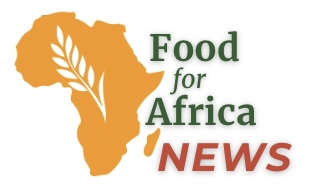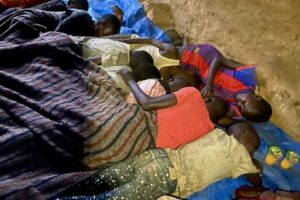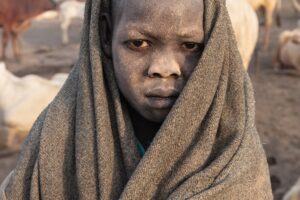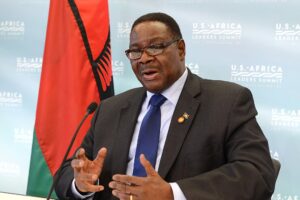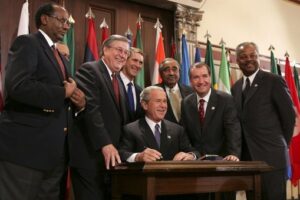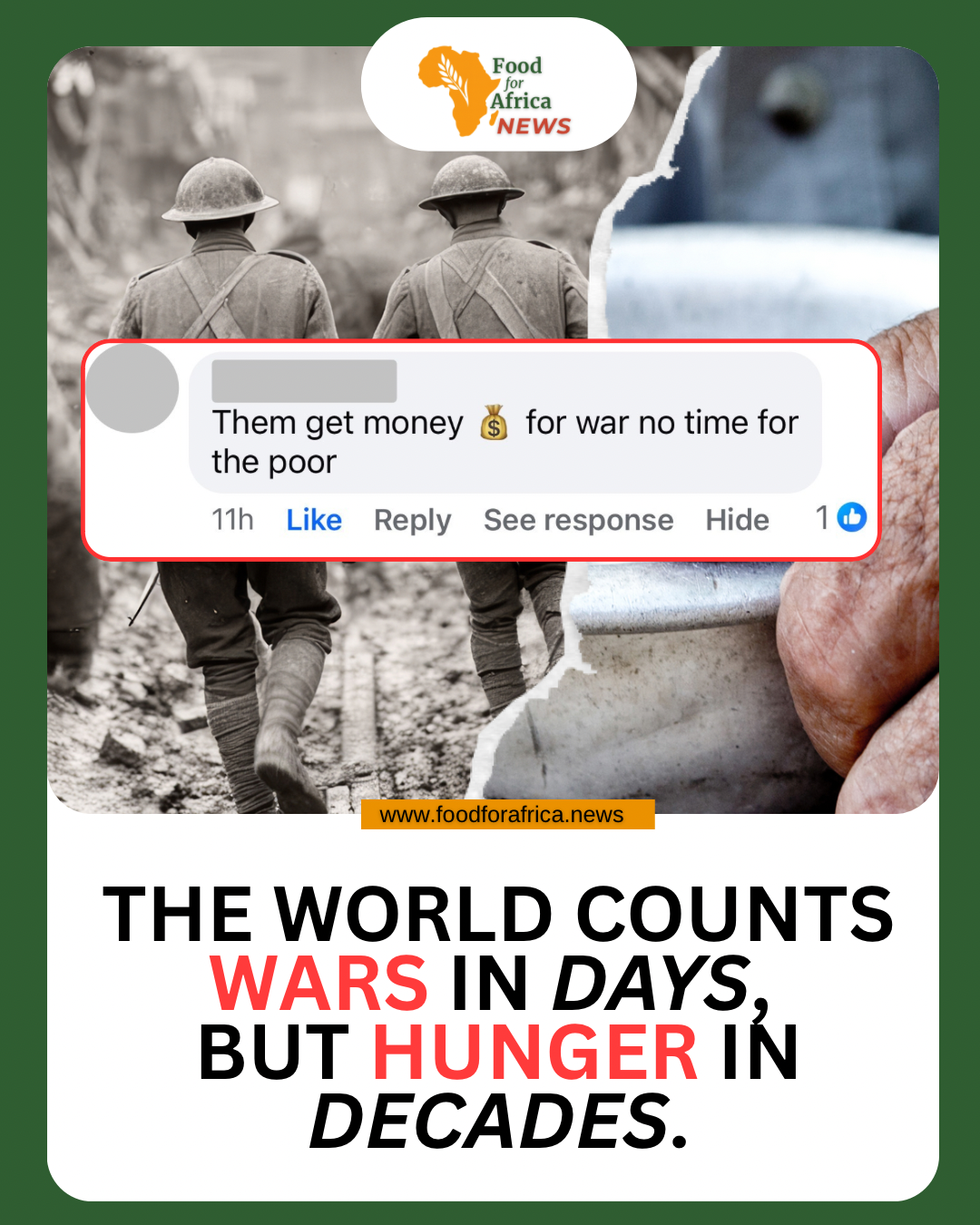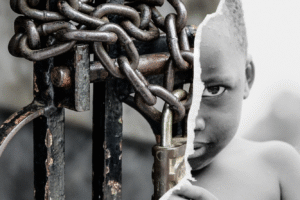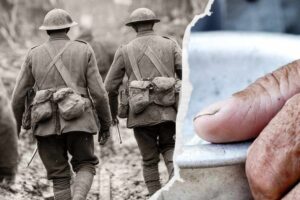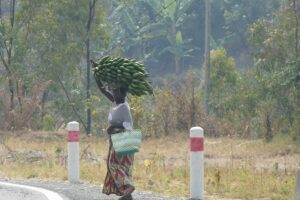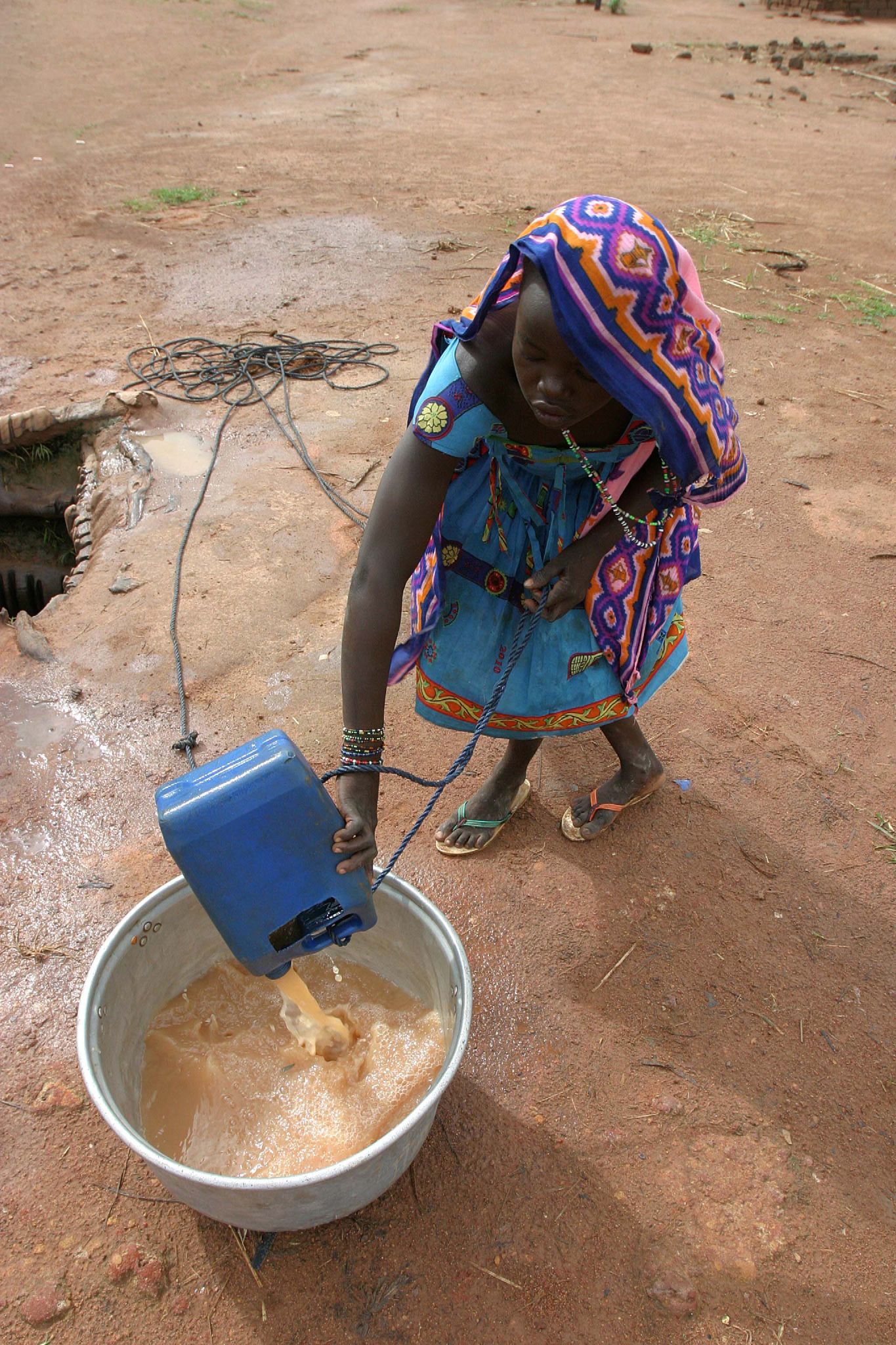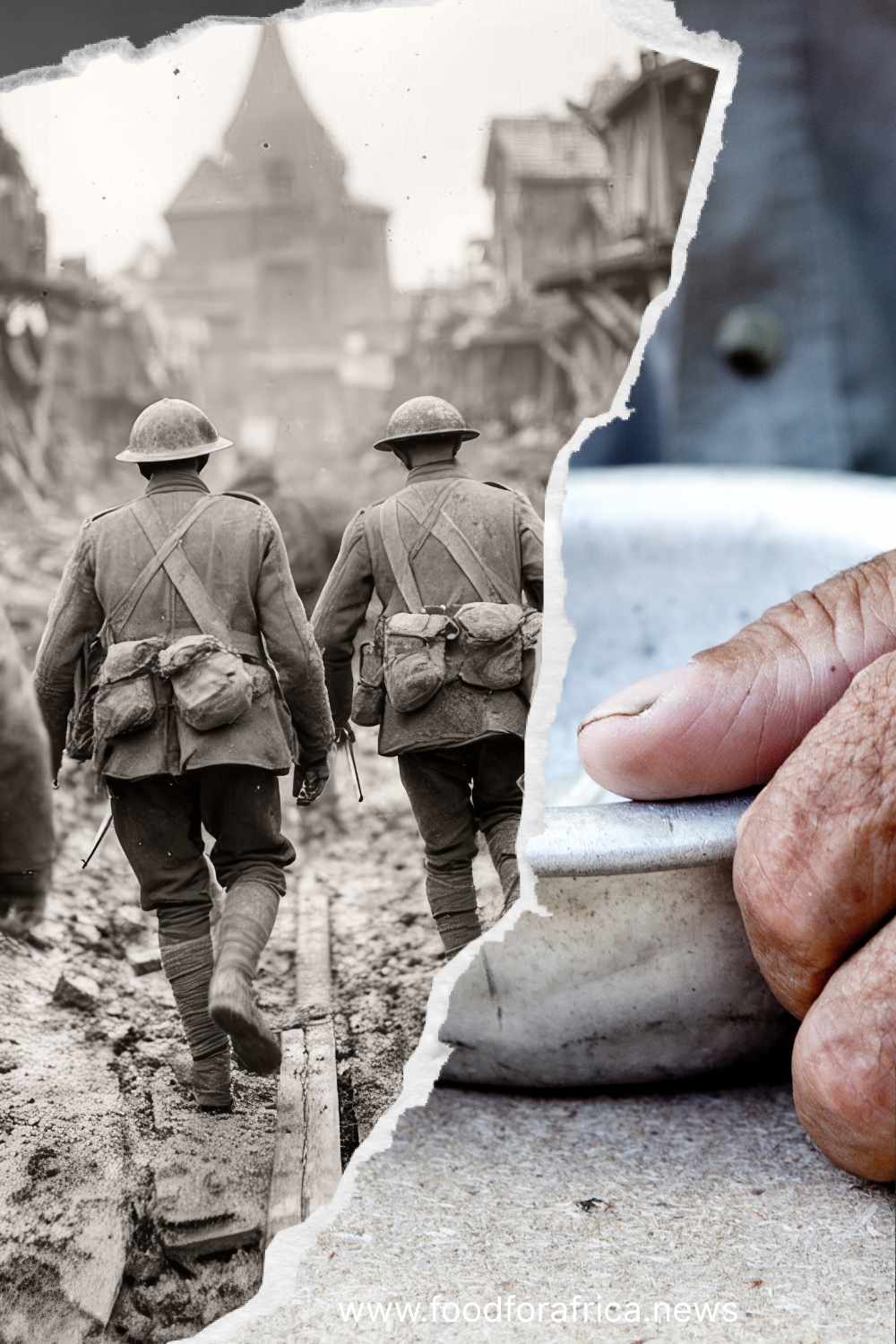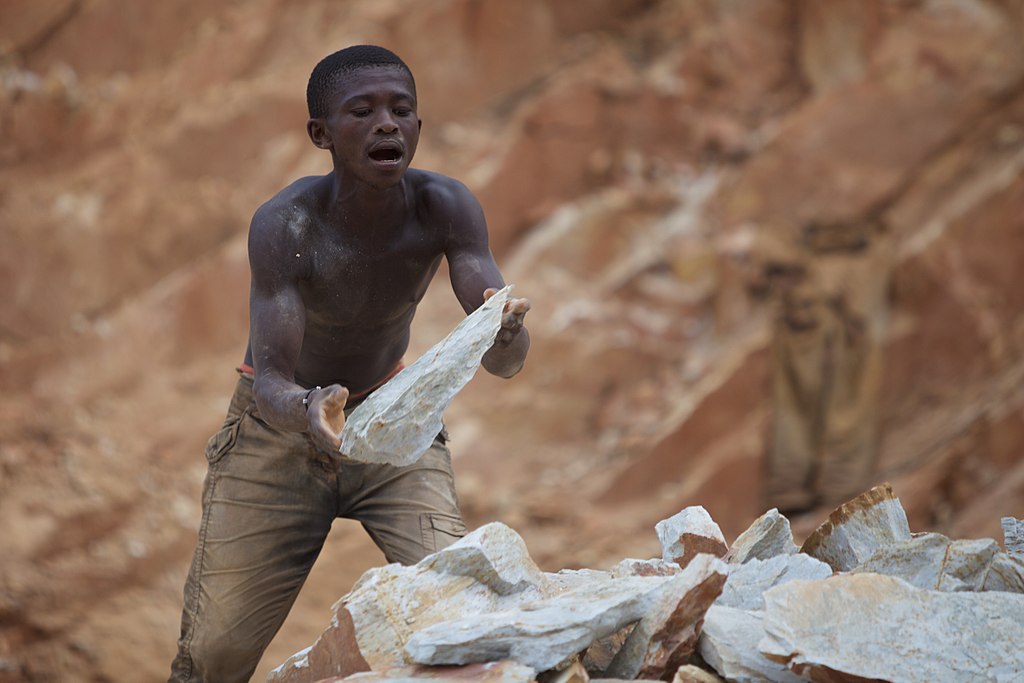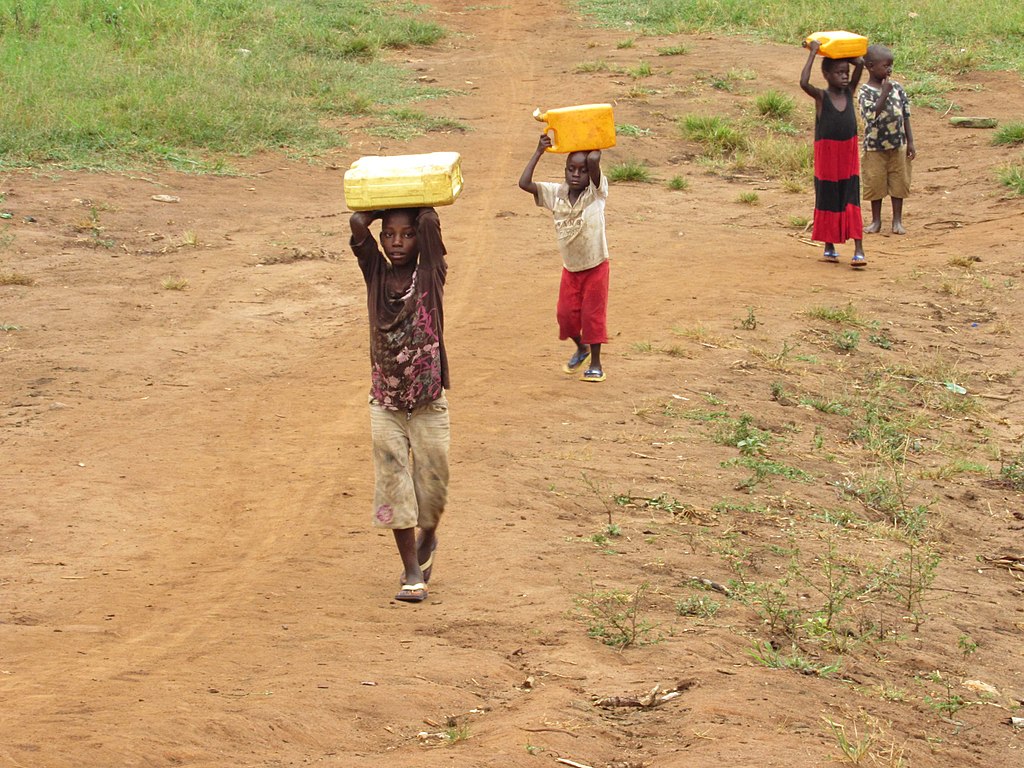On the outskirts of Bossangoa, a young mother named Clarisse rises before dawn. She ties her baby to her back and begins the walk she dreads: three kilometers to a muddy stream that is her family’s only water. By the time she returns, the sun is already fierce, the baby feverish, and the water sloshing in her yellow jerrycan is the color of rust. Clarisse knows it may make her children sick. Last year her eldest nearly died of diarrhea, but there is no other choice.
Her story is just one among millions, part of a continental crisis that numbers alone struggle to capture.
Africa’s Share of the World’s Thirst
Globally, more than 2.1 billion people lack access to safely managed drinking water, according to the World Bank World Bank. Nearly 40 percent of them live in Africa, even though the continent accounts for only around 18 percent of the world’s population. That imbalance reveals a troubling paradox: a land abundant in rivers and rainfall also bears the greatest burden of global water insecurity.
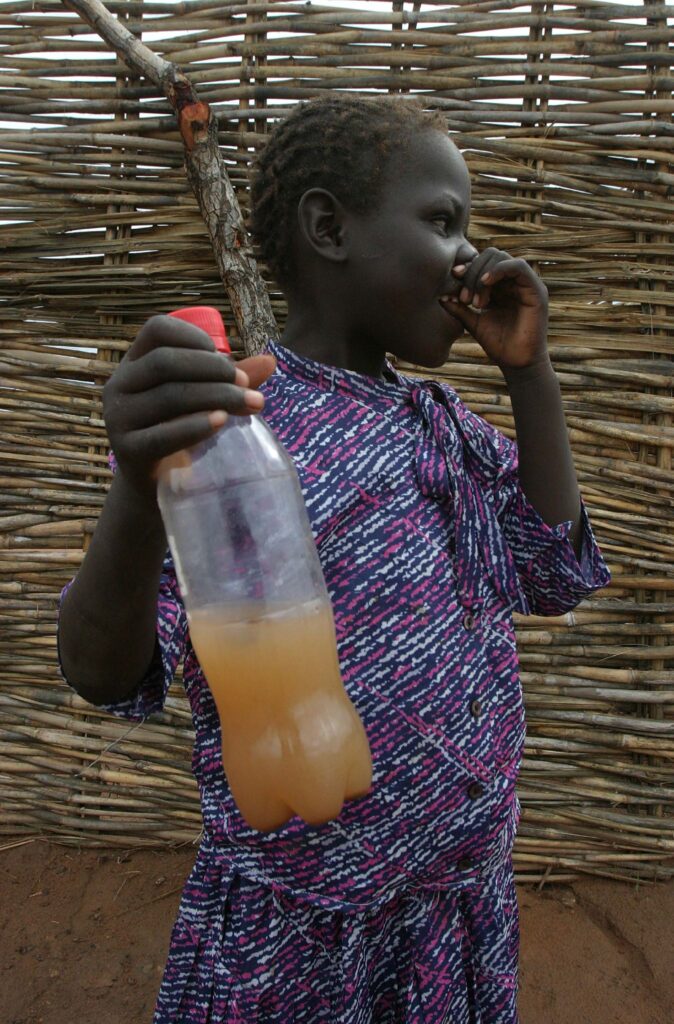
In the Central African Republic (CAR), this crisis is heartbreakingly visible. Ranked among the poorest countries in the world, it remains a place where water literally determines whether people live or die. During the rainy season, cholera and diarrheal diseases strike with lethal speed when families cannot access safe water. UNICEF reports that diarrheal illness continues to account for nearly one in five instances of child sickness in treatment centers across CAR World Bank.
When Water Becomes a Weapon
The crisis in CAR isn’t just about scarcity. It’s about power. Conflict has turned water into a lethal leverage point. Armed groups frequently destroy or pollute wells and pumps or block access to boreholes, using access to water as a tool for control World Bank.
Meanwhile, in otherwise peaceful areas, failing infrastructure is itself deadly. More than half of the country’s health centers and nearly 40 percent of its schools have no reliable water source. That means mothers give birth in clinics without clean water. Nurses must rely on whatever water families can bring from home, and schools send children back to sick households because the toilets and taps don’t function properly World Bank.
The daily price of this failure is captured in the story of Moussa from Bossangoa. Before a functioning borehole was built in his neighborhood, his daughters walked kilometers for water that still caused illness. “You can’t imagine the difference this well has made,” he said, noting how illnesses dropped and girls stayed in school once the pump was installed World Bank.
The Fix Is Simple. The Blockage Is Not.
The good news is, solutions are available. Chlorine tablets, ceramic filters, solar pumps, and boreholes can all prevent waterborne disease World Bank. In towns like Bossangoa, community-run pump committees demonstrate how local commitment keeps systems running—through modest, regular contributions to maintenance funds World Bank.
The World Bank emphasizes that clinics and schools should be first in line for reliable water access. Water must be sterile enough for newborns, surgical procedures, and to keep classrooms open—but it too often isn’t World Bank.
Climate change worsens the dilemma. Floods transport pathogens like cholera, while droughts leave communities desperate. Every season now escalates the risk, yet devastation could be averted with sustained infrastructure and governance World Bank.
There are examples of progress. In Bangui and Bossangoa, UNICEF and CAR’s national water agency restored boreholes and trained local managers to maintain them. The result: walking distances reduced, girls remain in school, and clinics see fewer water-related illnesses World Bank. The model is proven…but scaling it remains a question of political will and funding.
Sources
World Bank – Water Overview: Global perspective on water scarcity and access.
https://www.worldbank.org/en/topic/water/overview
WHO/UNICEF Joint Monitoring Programme (JMP) – WASH Data: Regional data on safely managed drinking water in Africa.
https://washdata.org
UNICEF – Central African Republic Country Office: Reports on child health, WASH in schools and health centers.
https://www.unicef.org/car
ReliefWeb – Central African Republic Humanitarian Updates: Coverage of conflict-related weaponization of water and humanitarian conditions.
https://reliefweb.int/country/caf
